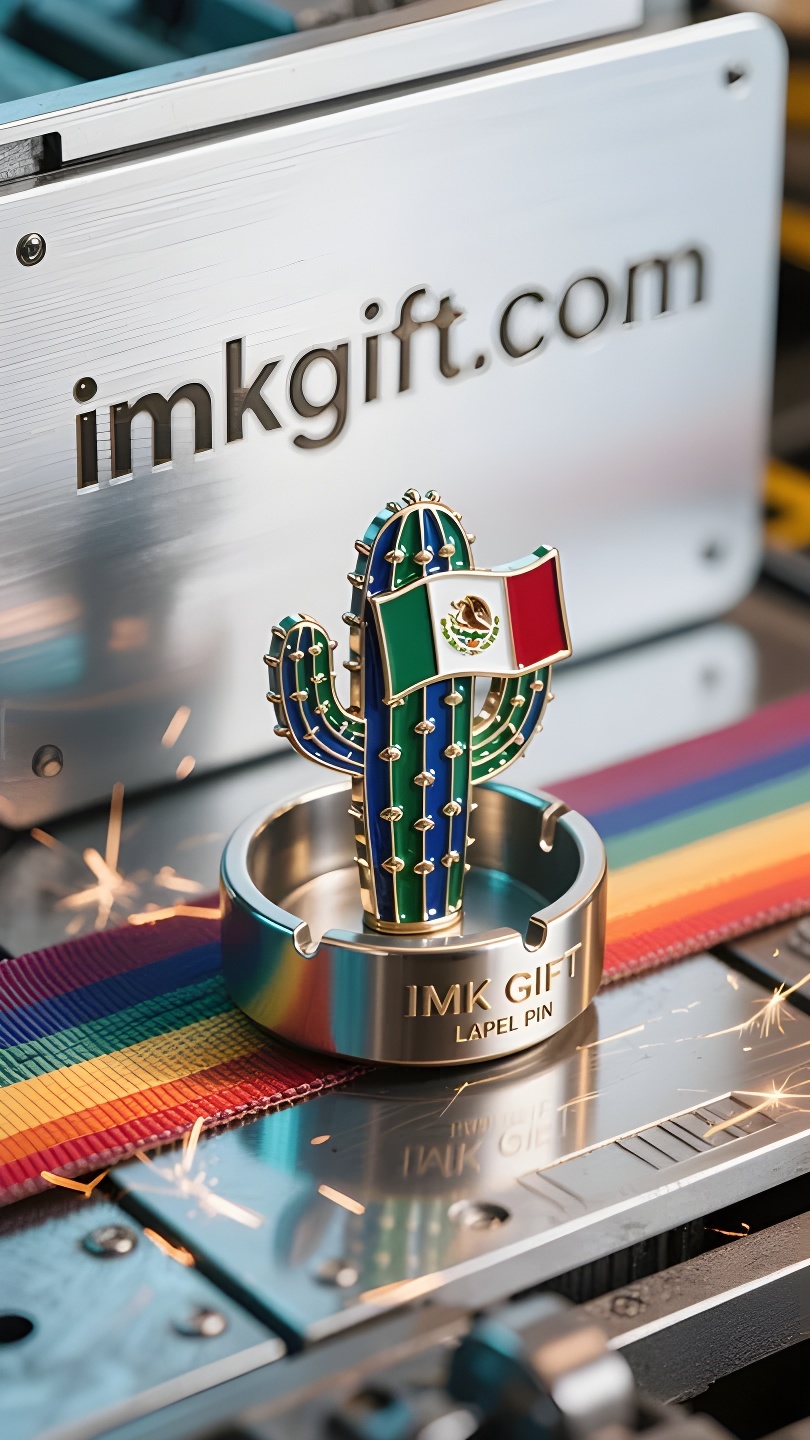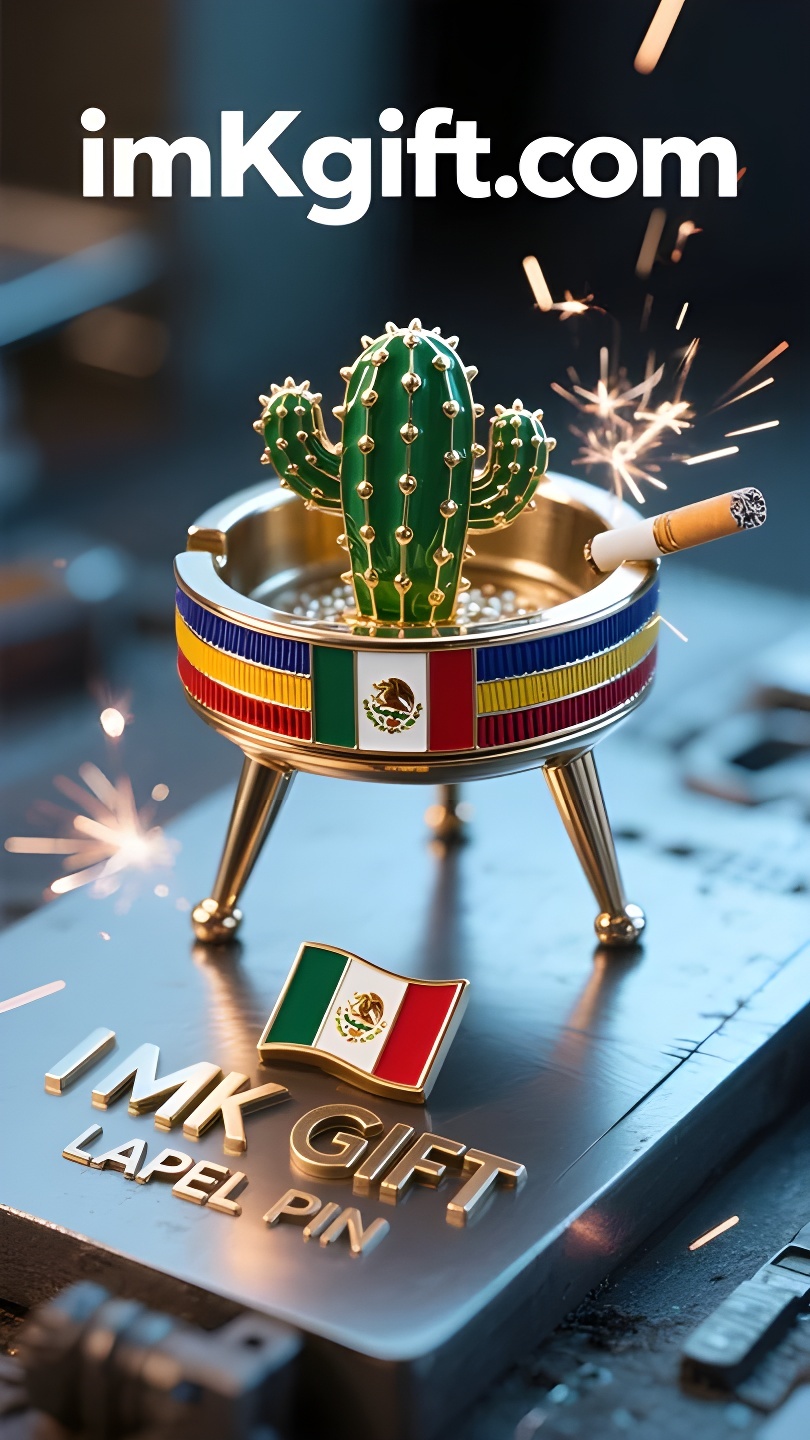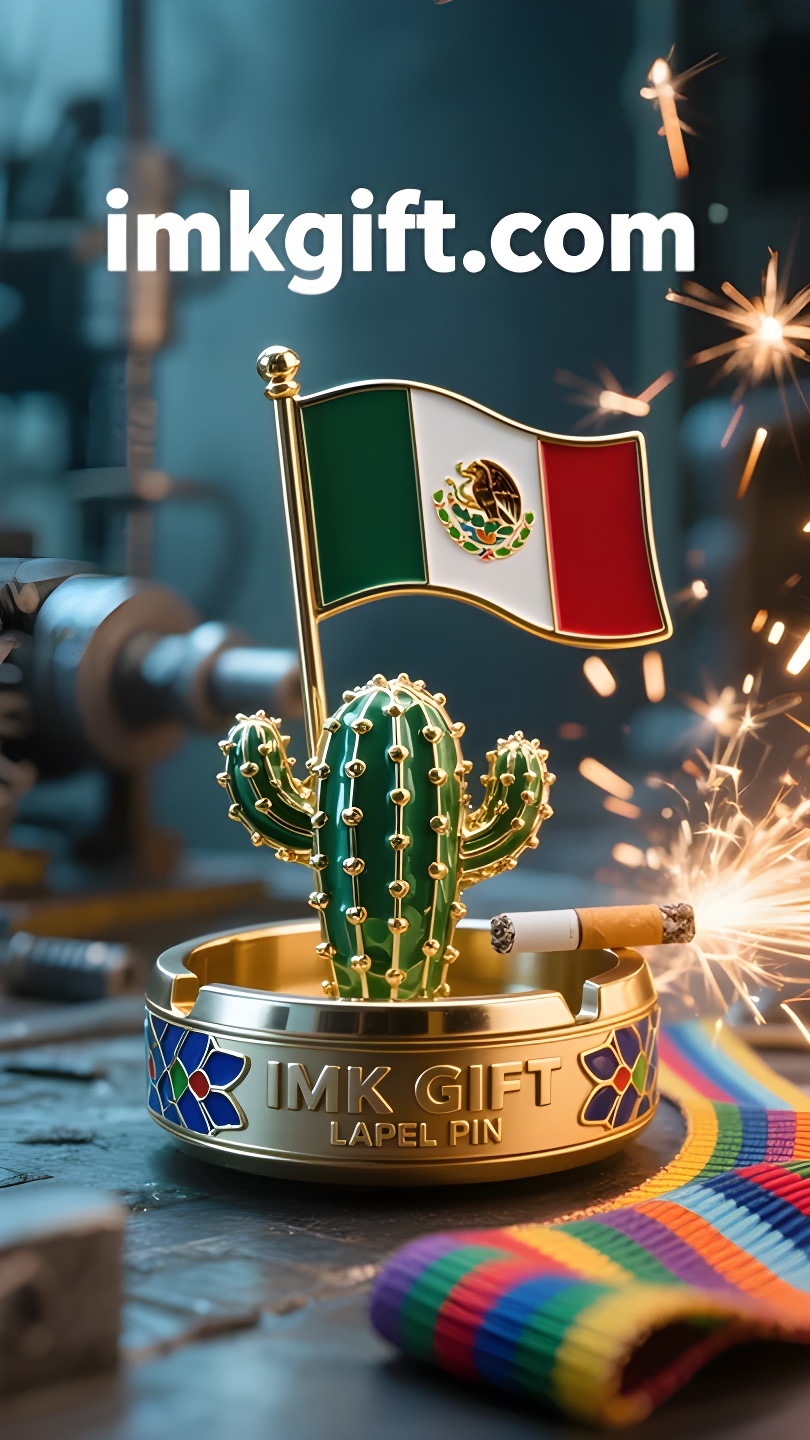in992-Oasis-en-las-Cenizas-El-Tótem-Invicto-del-Espíritu-Mexicano
▼
En el centro de la bandera mexicana, un águila se yergue orgullosa sobre un cactus, sosteniendo una serpiente moribunda. Este tótem, originario de la leyenda azteca, transmite la sabiduría ancestral de “forjar una salida en situaciones desesperadas”. Los artesanos mexicanos modernos utilizan rocas volcánicas para tallar ceniceros de cactus, que condensan este espíritu nacional en un objeto cotidiano más filosófico. La forma del cenicero de cactus siempre recuerda a la gente el milagro de la vida en el desierto: las afiladas espinas son una armadura para resistir la adversidad, y los gruesos tallos almacenan el néctar de la esperanza. Cuando las cenizas caen en él, las brasas ardientes se envuelven suavemente en las ásperas paredes de roca, como la sabiduría de supervivencia de los mexicanos que transforman el sufrimiento en nutrientes. Esos reveses que se consideran “cenizas” se han convertido en tierra fértil para el nacimiento de una nueva vida aquí, al igual que las brillantes flores del cactus en el árido desierto. Este país, nacido en el cinturón volcánico, ha experimentado traumas coloniales, desastres sísmicos y desafíos de supervivencia, pero siempre ha sido tan resistente como el cactus en el cenicero. Cada quemadura se convierte en un anillo de crecimiento, y cada ceniza esparcida, en un testimonio. Cuando viajeros de todo el mundo traen ceniceros de cactus a sus pueblos, se llevan no solo artesanía mexicana, sino también una filosofía de vida templada por una nación a través del sufrimiento: los verdaderamente fuertes pueden resistir las llamas abrasadoras y florecer su propia primavera en las cenizas.
In the center of the Mexican flag, an eagle stands proudly on a cactus, holding a dying snake. This totem, which originated from the Aztec legend, carries the ancient wisdom of “carving a way out in desperate situations.” Modern Mexican craftsmen use volcanic rocks to carve cactus ashtrays, which condense this national spirit into a more philosophical daily object. The shape of the cactus ashtray always reminds people of the miracle of life in the desert – the sharp thorns are armor to resist adversity, and the thick stems store the nectar of hope. When the ashes fall into it, the burning embers are gently wrapped by the rough rock walls, just like the survival wisdom of Mexicans who transform suffering into nutrients. Those setbacks that are regarded as “ashes” have become fertile soil for the birth of new life here, just like the cactus blooming bright flowers in the barren desert. This country, born in the volcanic belt, has experienced colonial trauma, earthquake disasters and survival challenges, but it has always been as tough as the cactus in the ashtray. Every burn mark becomes a growth ring, and every scattered ash becomes a testimony. When travelers from all over the world bring cactus ashtrays back to their hometowns, they take away not only Mexican handicrafts, but also a philosophy of life tempered by a nation through suffering: the truly strong can withstand the scorching flames and bloom their own spring in the ashes.
在墨西哥国旗中央,雄鹰傲立于仙人掌之上,衔着垂死的蛇。这个源自阿兹特克传说的图腾,承载着”在绝境中开出生路”的古老智慧。而现代墨西哥工匠用火山岩雕刻的仙人掌烟灰缸,将这份民族精神凝练成更富哲学意味的日常器物。
仙人掌烟灰缸的造型总令人联想起沙漠中的生命奇迹——尖锐的刺是抵御逆境的铠甲,肥厚的茎干贮存着希望的甘露。当烟灰飘落其中,灼热的余烬被粗粝的岩壁温柔包裹,如同墨西哥人将苦难转化为养料的生存智慧。那些被视作”灰烬”的挫败,在这里成为孕育新生的沃土,恰似仙人掌在贫瘠的荒漠里绽放艳丽花朵。
这个诞生于火山带的国度,历经殖民创伤、地震灾难与生存挑战,却始终像烟灰缸中的仙人掌般坚韧。每一道灼烧的痕迹都化作年轮,每粒飘散的灰烬都成为见证。当世界各地的旅人将仙人掌烟灰缸带回家乡,他们带走的不仅是墨西哥手工艺,更是一个民族用苦难淬炼出的生命哲学:真正的强者,既能承受烈焰炙烤,亦能在灰烬中开出自己的春天。
▼
Contact Us
📞 Tel: +0086-760-85286839
📧 Email: sales3@imkgift.com








